Greetings! If you’re part of the eCommerce, you’re well aware that lead generation plays a pivotal role in the business landscape. When it comes to attracting and converting potential customers, dynamic pricing emerges as a game-changing strategy.

In this article, I’m thrilled to delve into how SaaS solutions can be a catalyst in implementing real-time pricing strategies, elevating your eCommerce lead generation endeavors. Before we embark on this insightful journey, let me paint a scenario for you: Imagine navigating through your preferred online store, and you observe the prices in your cart undergoing constant fluctuations.
This isn’t arbitrary; it’s the dynamic pricing phenomenon at play. Intriguing, isn’t it? Well, that’s precisely what we’ll be exploring today. So, equip yourself with your virtual shopping cart, and let’s commence!
The Dynamics of Real-Time Pricing
In the realm of eCommerce, the key is maintaining competitiveness. In today’s swiftly evolving digital landscape, the capability to adjust prices on the fly is crucial. This is where SaaS (Software as a Service) solutions step into the spotlight.
What is Dynamic Pricing?
Dynamic pricing is the chameleon of eCommerce – adaptable to its environment by considering factors such as demand, competitor prices, and even the time of day. This adaptability empowers you to maximize profits and outpace the competition. Visualize it as a pricing strategy as nimble as the needs of your business.
If you’re on the lookout for optimal laptops to seamlessly implement dynamic pricing strategies, having a high-performance device is imperative. Explore a spectrum of exceptional laptops priced under $2000, ensuring the processing power and features align with your requirements.
Strategies to Optimize Dynamic Pricing:
1. Real-Time Competitor Analysis

Harnessing SaaS solutions for dynamic pricing grants you the power to monitor competitors’ prices in real time. By staying abreast of the competition, you can strategically adjust your prices to match or outperform, ensuring you are always a step ahead. Tools like PriceIntel provide detailed insights into competitors’ pricing strategies, facilitating informed decisions for attracting price-sensitive customers.
Real-Life Example: PriceIntel empowers businesses to dynamically adjust their pricing based on competitors’ movements, ensuring they remain competitive in the market.
2. Personalized Pricing for Customers
Recognizing the uniqueness of each customer, SaaS solutions enable personalized pricing strategies based on customer demographics, purchase history, and browsing behavior. Imagine offering targeted discounts to customers highly interested in specific products, a proven method to boost lead conversion rates and foster customer loyalty.
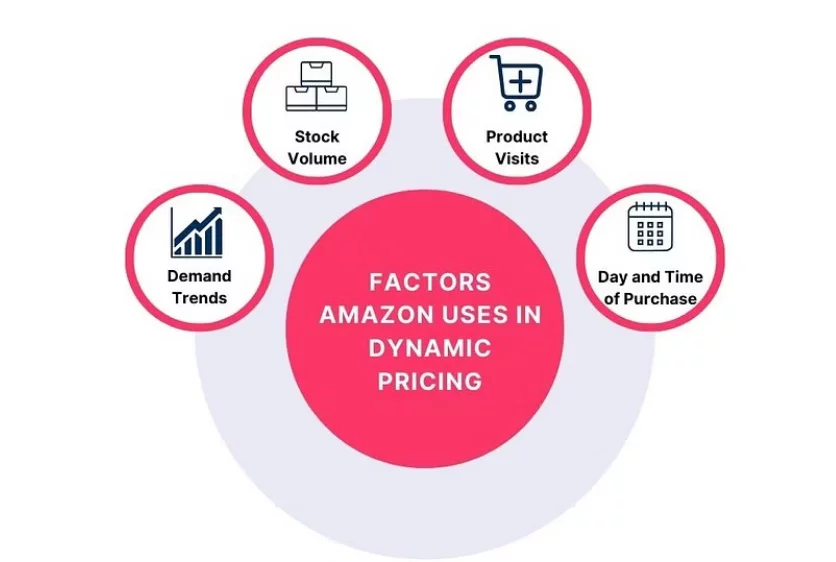
Real-Life Example: E-commerce giant Amazon implements personalized pricing based on user behavior and history, tailoring offers to individual preferences.
3. Optimize for Peak Demand
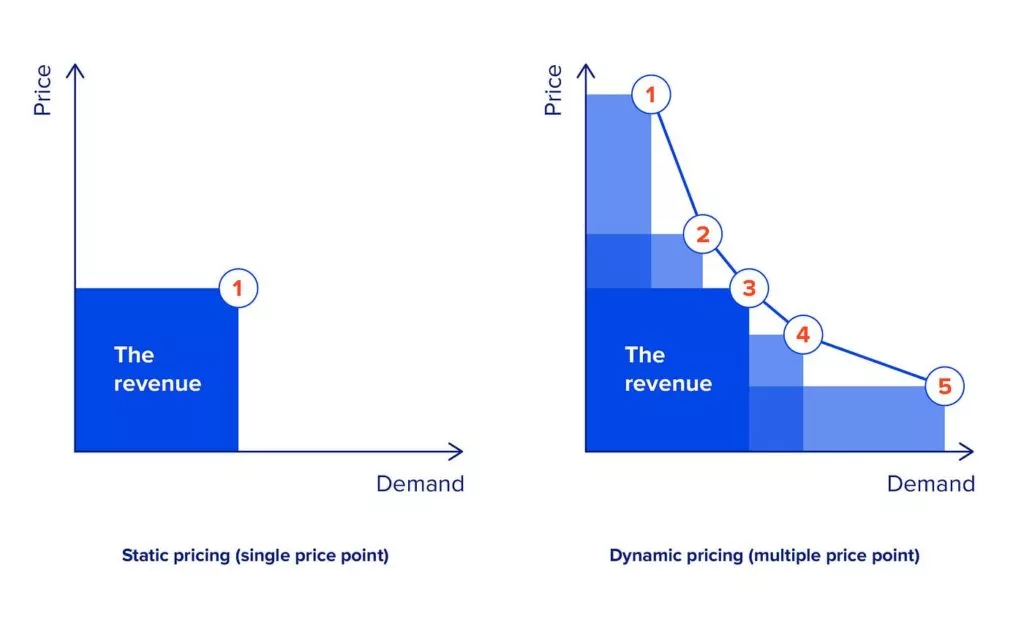
Peak demand periods are opportunities for e-commerce businesses. SaaS tools analyze historical data to predict peak demand, allowing you to adjust prices for maximum revenue during high-traffic times. This ensures capturing every potential lead during crucial moments.
Real-Life Example: During Black Friday sales, major retailers dynamically adjust prices to capitalize on the surge in demand, optimizing revenue potential.
4. Price Testing and Optimization
Continuous improvement is a mantra in e-commerce. SaaS solutions offer A/B testing capabilities, allowing experimentation with different pricing strategies to determine the most effective approach. Fine-tuning pricing through testing enhances lead generation and overall revenue.
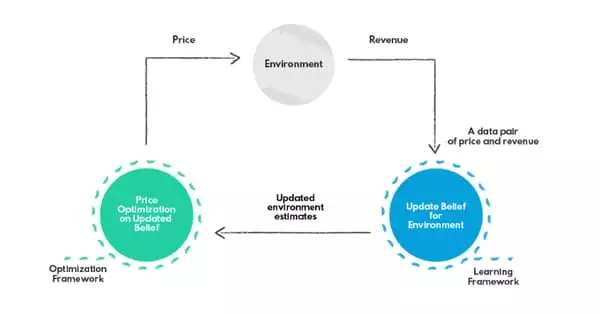
Real-Life Example: Online travel agencies frequently test different pricing structures to find the most appealing options for their customers.
5. Data-Driven Decision Making
Running an e-commerce business without data is akin to sailing without a compass. SaaS tools provide a wealth of data, including customer behavior, sales trends, and competitor movements. Informed decisions based on this data lead to more effective lead generation.
Real-Life Example: Netflix utilizes data extensively to make decisions on content creation, pricing, and user experience, resulting in targeted lead generation strategies.
6. Improved Customer Experience
Dynamic pricing, when done right, enhances the customer experience by offering competitive prices, discounts, and promotions tailored to individual customers. Delighting customers with personalized pricing generates leads and creates brand advocates who spread the word about your e-commerce store.
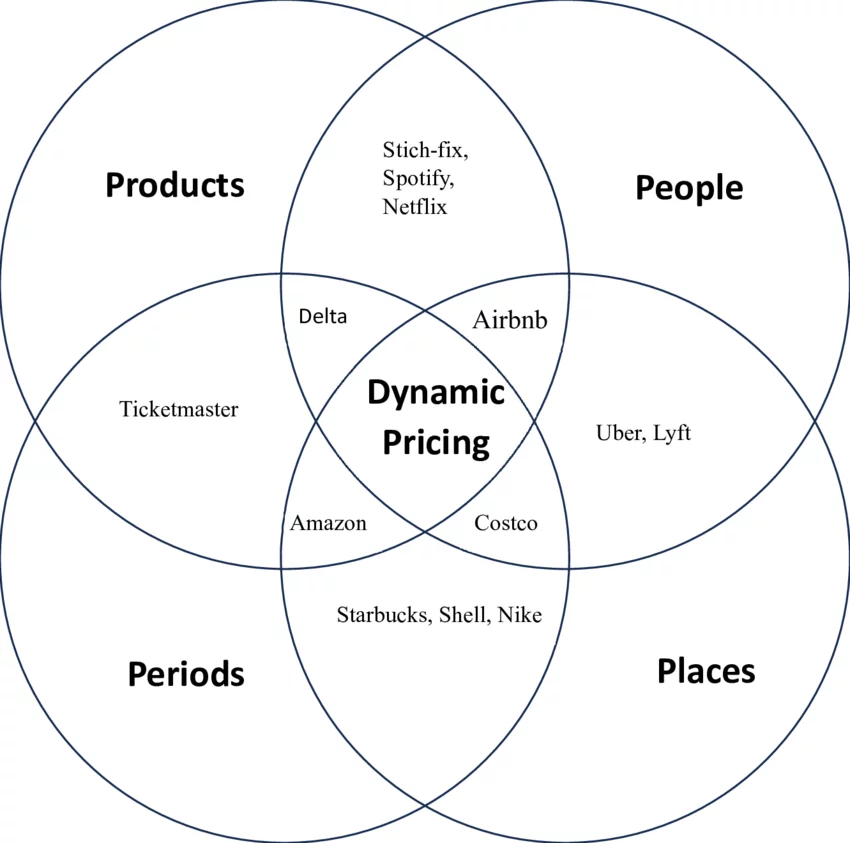
Real-Life Example: Starbucks offers personalized promotions and discounts through its mobile app, enhancing the customer experience and driving lead generation.
7. Inventory Management and Demand Forecasting
Efficient inventory management is crucial for e-commerce. SaaS solutions for dynamic pricing often include features that integrate with inventory systems and use demand forecasting algorithms. This ensures having the right products in stock during high demand, preventing potential leads from being lost due to stockouts.
Real-Life Example: Fashion retailers use dynamic pricing tools to manage inventory effectively during seasonal sales, optimizing revenue and preventing stockouts.
8. Price Consistency Across Channels
In the omnichannel e-commerce landscape, maintaining price consistency across various channels is vital. SaaS solutions aid in achieving this consistency, ensuring customers receive uniform pricing experiences. This reduces confusion and increases trust in your brand.
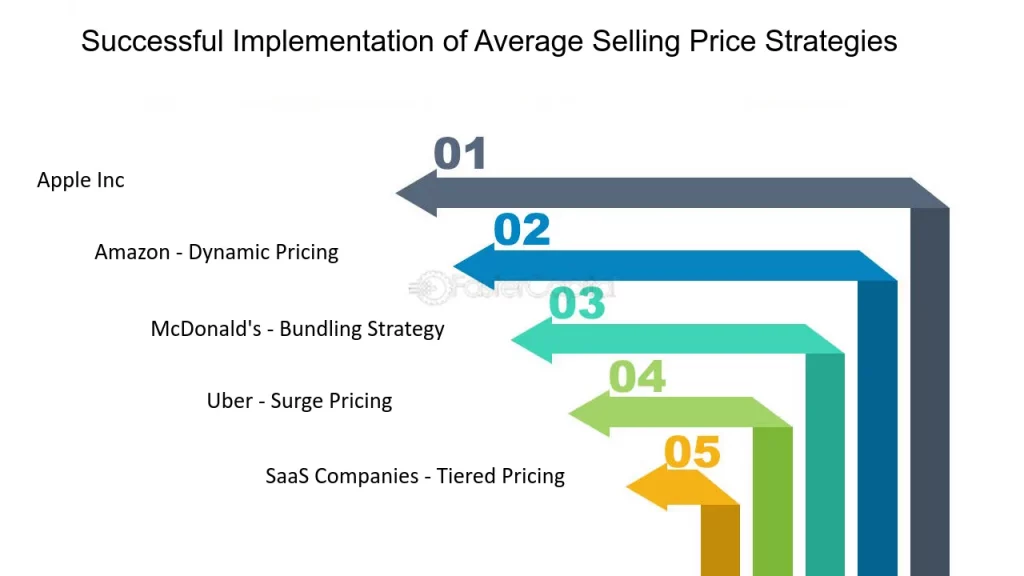
Real-Life Example: Apple maintains consistent pricing for its products across its website, physical stores, and authorized resellers, establishing a trustworthy brand image.
9. Dynamic Pricing for Seasonal Products
Implementing dynamic pricing is a game-changer for businesses dealing with seasonal products. An exemplary case of this strategy in action is observed in the airline industry. Airlines dynamically adjust ticket prices based on seasons, holidays, and demand fluctuations to optimize revenue.
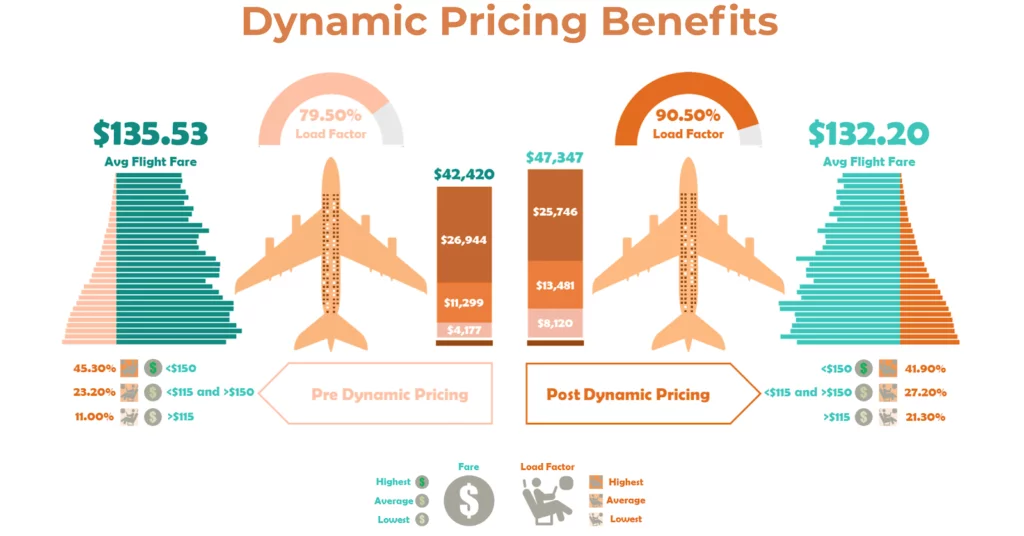
Real-Life Example: During holiday seasons and peak travel periods, Delta Air Lines adjusts its ticket prices dynamically to capitalize on increased demand, showcasing the effectiveness of this approach in revenue optimization.
10. Monitoring and Adapting to Market Trends
Remaining attuned to the latest market trends is imperative for effective lead generation in the ever-evolving e-commerce landscape. Noteworthy instances include tech companies such as Apple, which adeptly adjusts its product prices based on trends in consumer demand for the latest features and innovations.
Real-Life Example: Apple dynamically prices its latest iPhone models based on market trends, responding promptly to shifts in consumer preferences and ensuring sustained lead generation.
Learn about more ecommerce plugins here to optimize customer jouney.
11. Competitive Price Testing
Dynamic pricing SaaS solutions empower businesses to experiment with various pricing strategies in real-time. Online retailers, such as Amazon, frequently engage in competitive price testing through mechanisms like flash sales, limited-time discounts, and bundle offers to gauge their impact on lead generation and conversion rates.
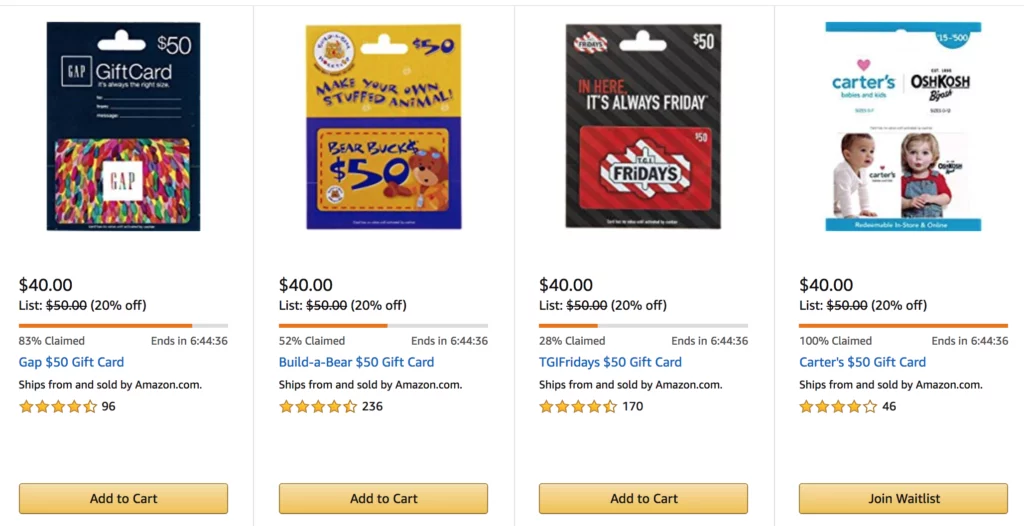
Real-Life Example: Amazon strategically employs flash sales and limited-time discounts to test different pricing strategies, effectively capturing leads and optimizing conversion rates.
12. Enhanced Customer Segmentation
SaaS tools designed for dynamic pricing play a pivotal role in facilitating effective customer segmentation based on demographics, behavior, or purchase history. A prime illustration of this is seen in Amazon Prime, which offers differentiated pricing for student customers, showcasing the effectiveness of segmenting and targeting specific demographics.
Real-Life Example: Amazon Prime tailors its pricing to student customers, recognizing their distinct needs and preferences, thereby demonstrating the power of customer segmentation in driving lead generation.
13. A/B Testing for Pricing Pages
Recognizing the critical role of pricing pages as touchpoints in the customer journey, e-commerce platforms frequently conduct A/B testing to identify the most effective design and pricing presentation. An illustrative case is evident in the strategies employed by leading e-commerce platforms like Shopify.

Real-Life Example: Shopify conducts A/B testing on its pricing pages, experimenting with different layouts and pricing structures to optimize the user experience and drive lead conversion.
- Multi-Currency and International Pricing
Navigating global e-commerce operations presents a considerable challenge when dealing with diverse currencies and international pricing. To address this, Dynamic Pricing SaaS tools, such as those provided by XYZ Pricing Solutions, automatically adjust prices based on exchange rates and local market conditions, ensuring a competitive global pricing strategy.
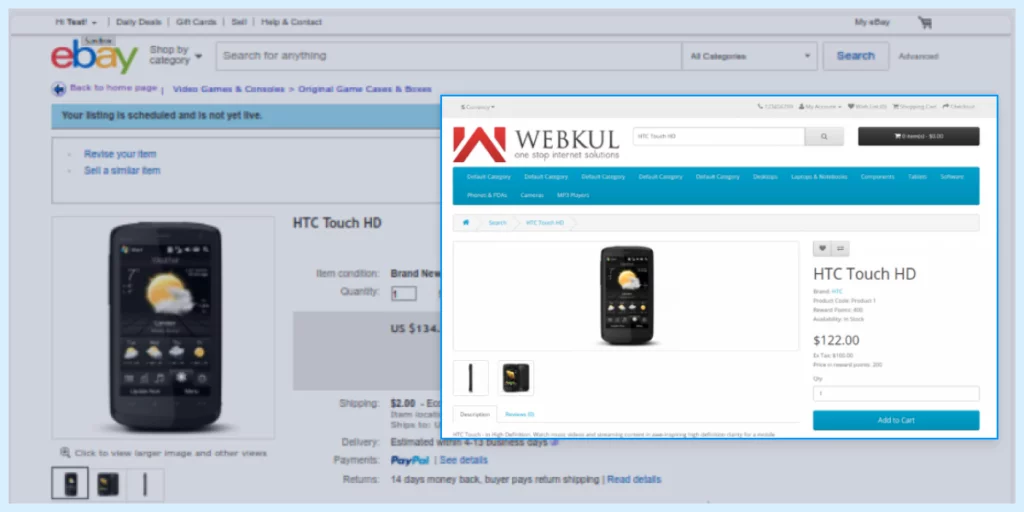
Real-Life Example: eBay, a leader in online marketplaces, relies on XYZ Pricing Solutions to dynamically adjust prices based on users’ locations and local currencies, providing a seamless shopping experience for customers worldwide.
15. Customer Segmentation for Email Marketing
Dynamic pricing SaaS solutions play a crucial role in facilitating effective customer segmentation for targeted email marketing campaigns. ASOS, a prominent online fashion retailer, leverages the capabilities of SegmentPrix Technologies.
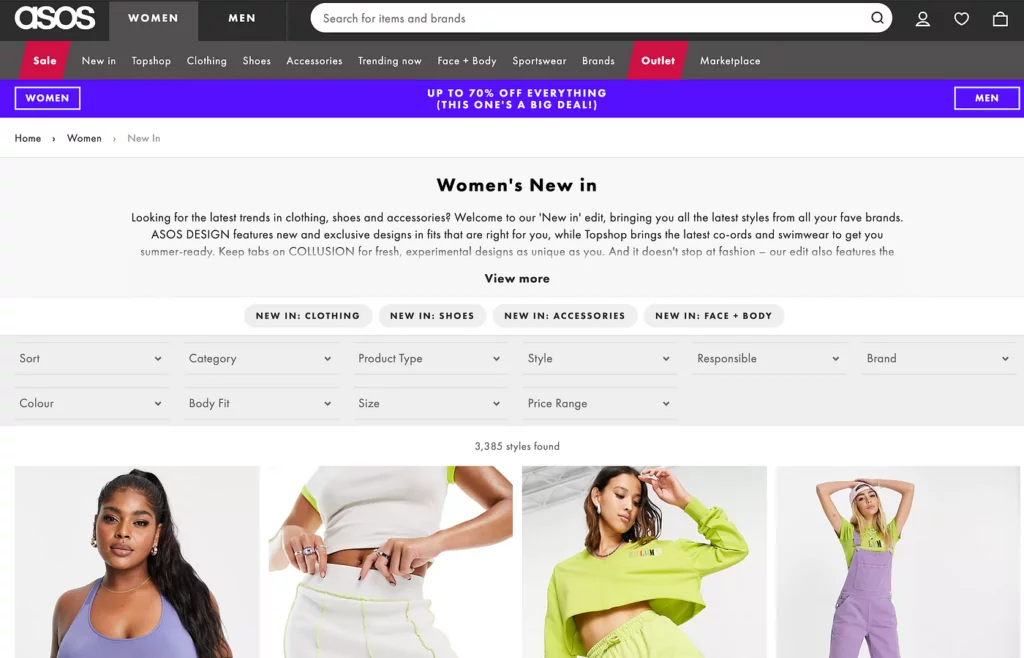
By employing customer segmentation, ASOS tailors its email campaigns, sending exclusive discounts to specific customer groups. This personalized approach not only encourages purchases but also generates leads through tailored promotions. ASOS’s utilization of dynamic pricing in email marketing exemplifies how customization and personalization are integral to successful lead generation in the competitive e-commerce arena.
Conclusion:
In the fiercely competitive world of e-commerce, dynamic pricing, fueled by innovative SaaS solutions, stands as a secret weapon for businesses seeking lead generation and revenue growth. The key lies in comprehending your customers’ preferences, keeping a vigilant eye on competitors, and optimizing your pricing strategy to create a winning formula that sustains and propels your e-commerce business forward.
Remember, dynamic pricing is not just about adjusting numbers; it’s a strategic approach aimed at delivering exceptional value to your customers. By staying agile in response to real-time market dynamics, you can foster customer loyalty and keep your business thriving in the ever-evolving digital landscape.
FAQs on Dynamic Pricing:
Can dynamic pricing be applied to all types of products and industries?
Yes, dynamic pricing is adaptable and can be applied across various industries and product types. Whether it’s retail, travel, or services, dynamic pricing can be tailored to suit the specific characteristics and demands of different sectors.
Is there a risk of alienating customers with frequent price changes?
While there’s a need for caution, dynamic pricing, when executed strategically, aims to provide customers with competitive and fair pricing. Businesses must communicate transparently and focus on delivering value to avoid alienating customers due to frequent price changes.
How can businesses ensure fairness and transparency in dynamic pricing strategies?
Ensuring fairness involves transparent communication about the factors influencing price changes. Offering clear explanations for dynamic pricing, such as market conditions or limited-time promotions, helps build trust and demonstrates transparency to customers.
How frequently should businesses adjust prices dynamically?
The frequency of price adjustments depends on various factors, including industry dynamics, product demand, and competitive landscape. Regular monitoring and analysis of these factors help businesses determine the optimal frequency for dynamic price adjustments.



